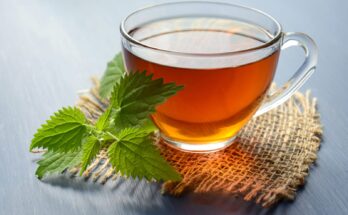Nutritive Value per 100 g of Jamun
Energy (Kcal) : 62
Iron (mg) : 1.2
Calcium (mg) : 15
Phosphorus (mg) : 15
Vitamin C (mg) : 18
Folic acid (mg) : 3
Carotene (µg) : 48
Fibre (g) : 0.9
Potassium (mg) : 55
Magnesium (mg) : 35
Sodium (mg) : 26.2
The tree, botanically identified as Syzygium cumini, is known by several local names such as jambas, jamun & kala jamun. From times immemorial, the fruit has been appreciated for its taste, flavour and colour. Children are fond of the fruit and its property of colouring the tongue purple when sucked. Others appreciate the fruit for its medicinal qualities especially its value in treatment of diabetes.
The jamun fruit is generally of an attractive purple colour. It is sub-acid to sweet, in taste. The fruit is pickled almost daily and sent to the market the same day, as it is highly perishable and cannot stay in good condition for more than two or three days.
The edible portion in jamun fruit forms around 70% of the whole fruit. Glucose and fructose are the principal sugars in the ripe fruit. It is a fairly good source of vitamin C and mineral salts.
Jamun is believed to be of special use in the treatment of diabetes. The extracts of the bark, seeds and also leaves are used. Experiments carried out at Central Drug Research Institute, Lucknow, showed that oral administration of dried alcoholic extracts of the seeds to diabetic patients reduces the level of blood sugar and glycosuria. Fresh seeds appeared to be superior to dried ones. Jamun seeds are fairly rich in protein and calcium. Jamun flowers are an important source of good quality honey which is amber coloured.
Extracts from barks of the Jamun tree have a moderate antibiotic activity. The bark is astringent and is used for gargles and mouth washes. A decoction of the bark and powdered seeds is considered useful in the treatment of diarrhoea and dysentery.
Jamun is acidic. It is eaten usually after sprinkling salt. Fresh fruits are tasty but they can be preserved in the form of fruit candies and jams. Fruits are used for making preserves, squashes and jellies. The juice of unripe fruit is used to make vinegar which has attractive colour, good flavour, taste and aroma. Ripe fruits are often made into good wines.
(Reference : Fruits, NIN, ICMR)




